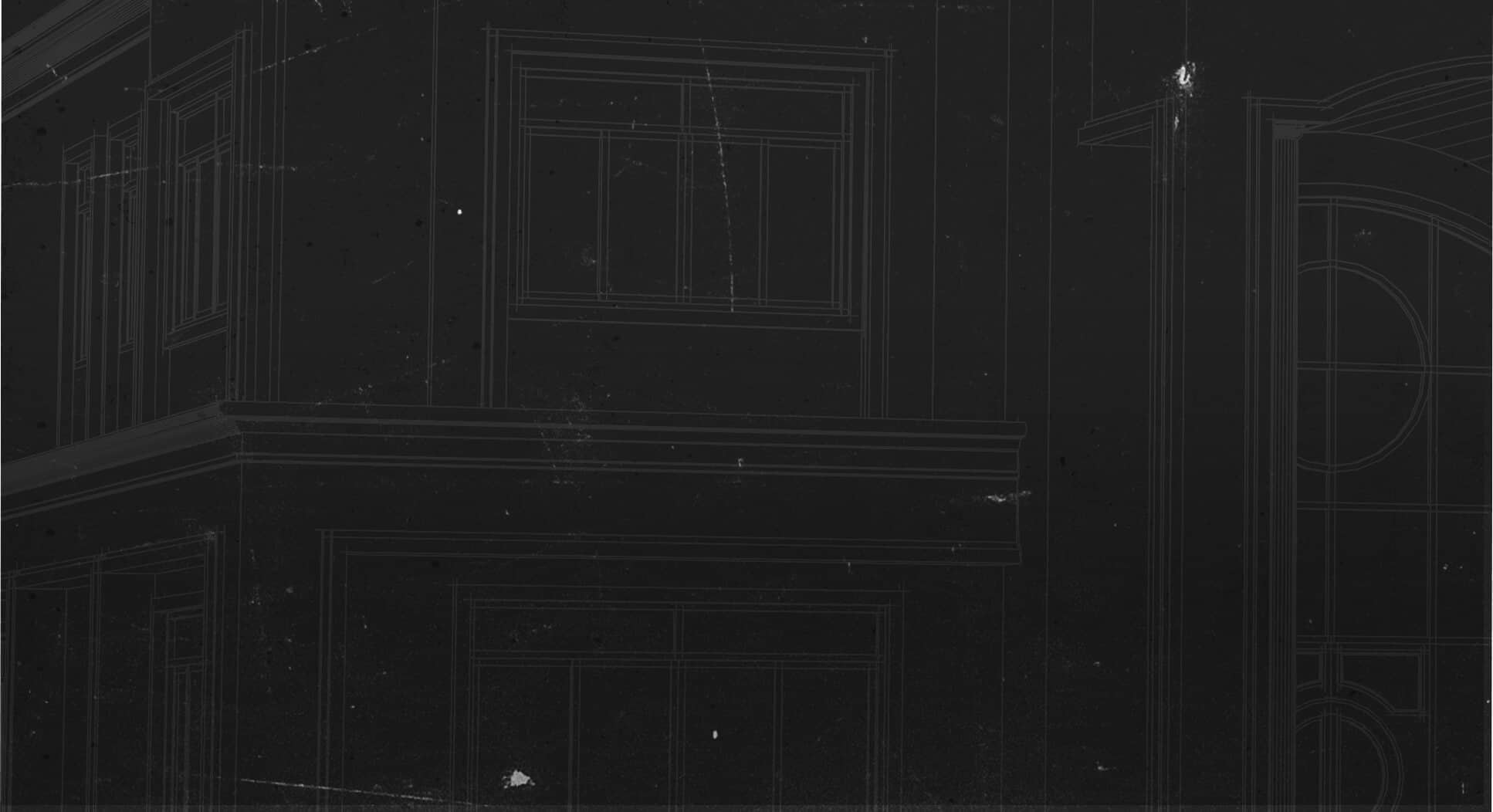
BLADE Troubleshooting: Saw Blade and Servo Axes
Slippage Error Solutions & Tightening a Motor Collar
(For instructions on tightening the collar, see PDF library.)
Determining What Actions to Take for Varying Part Lengths (intro)
Gripper slippage error graphic (Watch Video)
LASM slippage error graphic (Watch Video)
Stroke slippage error graphic (Watch Video)
Angle (Watch Video)
Slippage on Bevel (Watch Video)
Encoders Come Loose: Use BLUE Loctite® thread adhesive.
Replacing the Saw Blade: watch video
Replacing Shock Absorbers: watch video
Replacing Gas Springs on Saw Chamber Door: watch video
Lubricating the Saw Blade Motor

Lubricating the Elevation Jack Screw

CLS Cleaning

CLS Out of Range
- Blow off dust. Recheck.
- Calibrate the CLS axis. Recheck.
- Check range using plumb bob and bubble level. The center of the sensor should be directly under the saw blade in home position (if home is 90 degrees). Recheck.
- Replace the CLS sensor.
Solving a Timeout Error on Outfeed, Top, or Side Clamp
Click here for video showing how to troubleshoot and solve this error.
Errors Affecting All Servos
- If only one servo amplifier has an ALM (alarm) light on and an error window appears on the HMI screen = Fuse 10 is blown: Amp Errors
- If every servo amplifier has an ALM (alarm) light on = Fuse 9 is blown: Amp Errors
- If every servo that is connected to a single PMM335 (PLC servo module) are reporting an “FSSB setup failed” and an OAC Hex error appears = Encoder may be shorting out
- Abnormally high motor current errors:
- A physical obstruction may be preventing that axis from moving freely
- Servo power cable may be loose
Stroke
Saw Stroke will not move in the outward direction during a move issued in Manual or Auto Mode or Calibration, but it will jog in the outward direction = CLS may be damaged, out of alignment, or dirty.
Gripper
SRV0011 Gripper servo has encountered an obstruction = calibrate ALL axes
Inaccurate Cuts
Heel heights are different on the leading end of parts vs. the trailing end of parts.
- Calibrate the bevel.
- Calibrate the angle home position or the angle counts per degree or both. To know which is incorrect perform the following test:
- Key-in a type 13 part (double ended bottom chord) with 18.4 degree (4/12 pitch) scarf cuts on both ends.
- Preferably use a 6 to 8 foot length stock board. It will most likely be easier to find a straight board.
- Cut the part.
- Measure the leading angle with a square. The leading angle represents the home position and the trailing angle represents a combination of the home position and the counts per degree. If the leading angle is incorrect then the home position is incorrect. There is no need to measure the trailing angle. Perform angle home position calibration again and start at step 1 again. If the leading angle is correct move to the next step.
- Measure the trailing angle with a square. If the trailing angle is incorrect then perform angle home position and counts per degree calibration.
LASM Replacement: SB234
LASM E-Chain (Cable Track) Replacement: watch video
View Types
Saw Blade and Servo Axes PDF Library
Amp Errors
Amp Errors
Collar Adjust Motors
Collar Adjust Motors
SB 202 – Replacing the Saw Blade
SB 202 – Replacing the Saw Blade
SB 204 – Replacing the Blade Motor Cable
SB 204 – Replacing the Blade Motor Cable
SB 205 – Replacing the Saw Chamber Door's Gas Spring
SB 205 – Replacing the Saw Chamber Door's Gas Spring
SB 207 – Replacing the Blade Hub and Bushing
SB 207 – Replacing the Blade Hub and Bushing
SB 209 – Replacing Linear Guide Bearings
SB 209 – Replacing Linear Guide Bearings
SB 223 – Replacing LASM Seals
SB 223 – Replacing LASM Seals
Slippage Error Gripper
Slippage Error Gripper
Slippage Error LASM
Slippage Error LASM
Slippage Error Stroke
Slippage Error Stroke